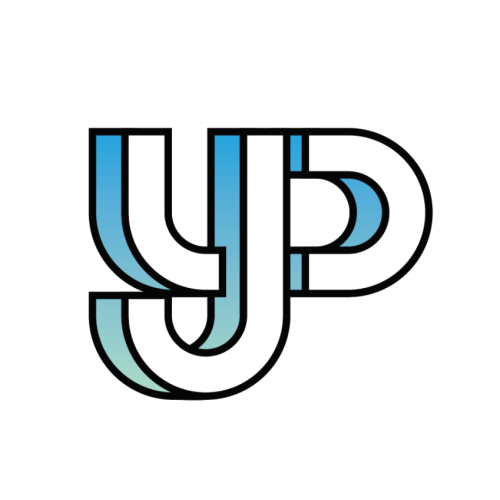
Your Voice: The impact of redevelopment projects; how technology affects the world of art (long letters)
- One student shares that modernising older districts can be beneficial in the long run, but it can have some negative results in the short term
- Another student writes that artificial intelligence is taking over, and the field of art is no exception
 Redeveloping older areas can impact the quality of life for residents in the short term. Photo: Edmond So
Redeveloping older areas can impact the quality of life for residents in the short term. Photo: Edmond SoHave something to say? Send us a letter using this Google form.
Redeveloped land: pros and cons
Livia Lam Sze-yi, Pope Paul VI College
I am writing to express my deep concern regarding the ongoing redevelopment projects in older districts of Hong Kong, particularly the Western District. While urban redevelopment is necessary for progress and modernisation, it is crucial to consider our city’s unique culture and the negative impact on the resident’s quality of life.
Redevelopment aims to address issues such as overcrowding and outdated infrastructure in older districts. The aim is to create efficient, sustainable, and visually appealing urban environments that contribute to the city’s long-term development. However, striking a balance between progress and the well-being of existing residents is essential.
One major problem caused by redevelopment is the disruption to residents’ daily lives. Construction activities, including demolition, excavation, and the use of heavy machinery, generate excessive noise and dust pollution. These disturbances might wake people up too early and keep them from getting enough sleep. Sleep deprivation can have severe consequences on the physical and mental health of residents, leading to increased stress, reduced productivity, and a decline in their overall quality of life.
Should the iconic Choi Hung Estate be redeveloped?
Furthermore, redevelopments often result in the loss of community connections. Demolishing existing buildings and constructing new ones can force residents to relocate, separating them from familiar surroundings, neighbours, and local shops. These disruptions to social cohesion and community bonds deeply affect the well-being and sense of belonging of the affected individuals.
To address these issues, the government should prioritise effective communication and engagement. It is essential to inform residents adequately in advance about redevelopment. Transparent communication channels and regular community engagement sessions should be established to allow residents to voice their concerns.
Additionally, strict regulations should be enforced to minimise noise and air pollution generated by construction activities.
Preserving the unique cultural heritage and historical significance of older districts is crucial. Redevelopment plans should incorporate strategies such as the adaptive reuse of existing buildings, integration of traditional architectural elements, and the promotion of local cultural activities and businesses.
In conclusion, while redevelopment is necessary for progress and modernisation, prioritising the well-being and needs of existing residents is of utmost importance.
By implementing effective communication, mitigating noise and air pollution, providing temporary housing support, and preserving cultural heritage, the government can minimise the negative impact of redevelopment and create a more inclusive, sustainable, and harmonious urban environment.
Technology vs the human touch
Ruby Kwok Hoi-lam, St Paul’s Secondary School
In today’s information-heavy era, where advanced technologies shape our society, artificial intelligence (AI) has fundamentally impacted humanity. This has prompted me to explore its influence on the realm of art – a form of expression and communication.
Whether art is aesthetically pleasing or emotionally evocative, it is fundamentally an act of creation –an expression of the artist’s self. AI-generated art, however, differs from human art in this regard. It relies on algorithms, mathematical equations, and machine learning to generate art. AI art involves inputting prompts into an AI art generator, which references vast amounts of data to produce the desired output. This process lacks the intention and personal touch that make human art unique.
Another complex issue surrounding AI art is the ambiguity of its copyright. Who can be considered the author of AI-generated art? Users command AI art generators to produce images based on artificial neural networks trained on existing artworks, mimicking various artistic styles. In this context, is the author the user who provides the prompts or the original artist of the referenced artwork? Or is it the developers of the AI engine?
Education chief asks teachers to be cautious when bringing AI in classrooms
If AI art becomes a commercially viable product, is it fair to the artists whose works are mimicked by AI? Can artists sue for copyright infringement? From my perspective, the difficulty in determining authorship is why AI art cannot be regarded as genuine art.
The impact of AI art on the industry is undeniable. Digital paintings have become the mainstream in the art world, and while AI art may not yet replicate the texture of traditional art, the market for traditional art has been shrinking since the advent of cameras.
Consequently, AI poses a significant threat to digital artists today. The advancements in AI technology may lead to automation in the art industry. It offers cheap, fast, and convenient solutions, generating pleasing results within seconds using only a few keywords. As a result, human digital artists may lose their significance and be replaced by AI art. This, in turn, diminishes the unique qualities of human creativity and undermines the importance of human artistic expression and imagination.
In summary, AI art is a rapid tool that aligns with the pace of the modern world. However, artistic identity and authenticity that have been revered throughout human history cannot be generated by AI. While it may serve as a tool for content production, it cannot prevail or replace human artists. The significance of art lies in its human connection and the distinct qualities that human artists bring to their creations.
